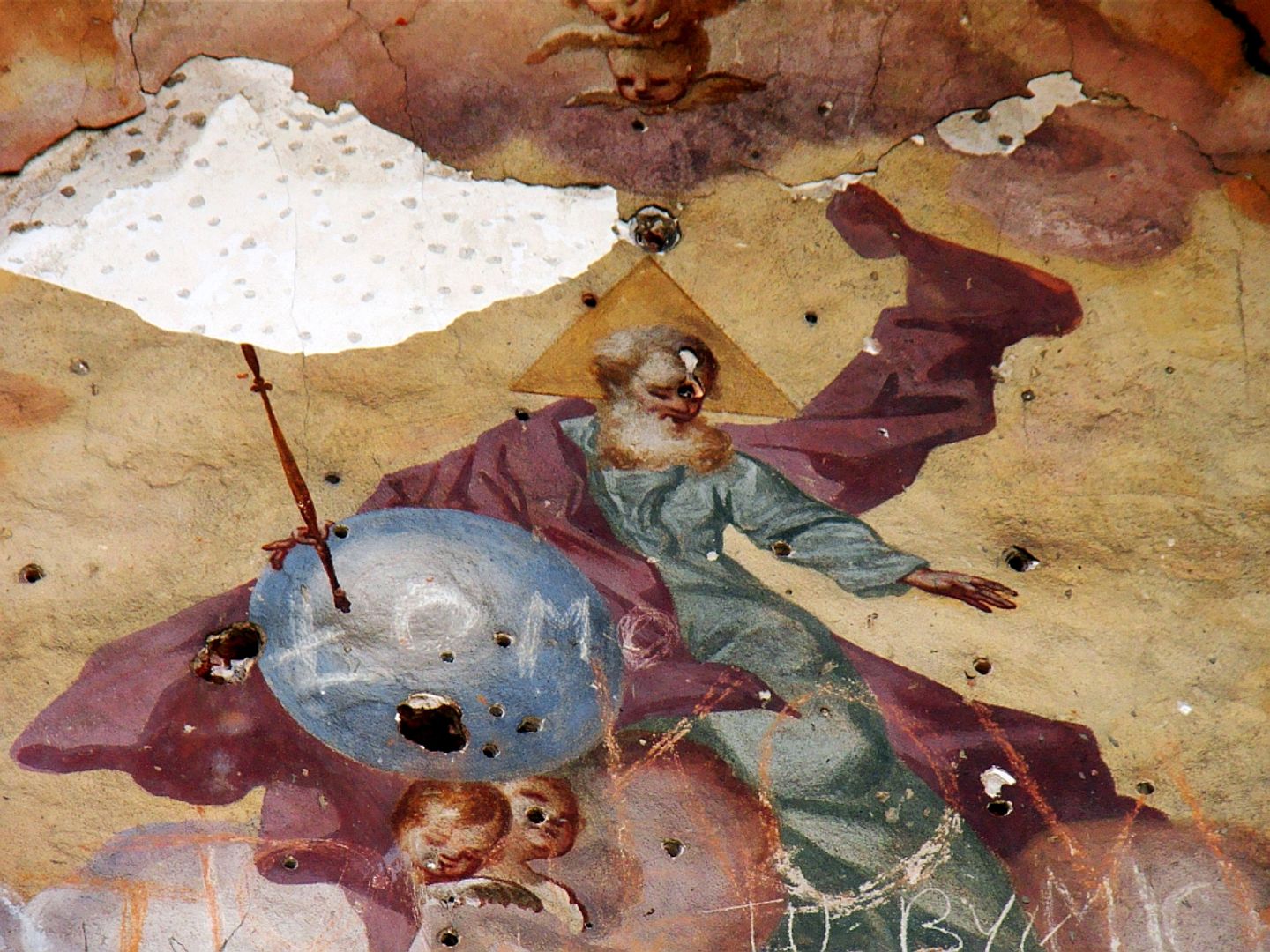Zagórze Barefoot Carmelite Monastery
8.01

Overview
The Discalced Carmelite Monastery in Zagórz is a monumental ruin of an 18th-century late Baroque church and monastery, situated on Mariemont Hill in the Podkarpacie region. The founder of the Zagórz Carmel was the Voivode of Volhynia, Jan Adam Stadnicki. Construction began in 1700 and was completed in 1730. Built from yellow sandstone, the monastery was distinguished by its octagonal main nave and two side chapels, and its layout resembled the Stella Maris Monastery of the Discalced Carmelites on Mount Carmel. Although considered outdated in a military context, it was an important cultural and economic asset of the Polish-Lithuanian Commonwealth. Between 1730 and 1772, the monastery flourished and served as a refuge for soldiers during the Bar Confederation. Destruction caused by Russian troops in 1772 and a fire in 1822 led to its gradual decline. After 1831, the Carmelites were relocated, and the monastery fell into ruin. Over the decades, attempts were made to restore it, particularly in the 1950s when Tadeusz Żurowski sought to return the site to its former glory, but financial constraints and political changes complicated these efforts. Today, the monastery ruins are adapted to receive tourists; a garden and information boards have been created around them, and one of the towers features a viewing platform. The Foresterium Culture Center also operates here, combining modern technology with the monastery's history. The ruins of Mariemont Hill, with their warm microclimate and rich fauna, are a local tourist attraction, drawing climbers and nature enthusiasts. The monastery has been the setting for literary works and legendary tales, including stories of secret tunnels. It is also worth noting that Karol Wojtyła visited the site, underscoring its cultural significance.
Location
2025 Wizytor | All Rights Reserved